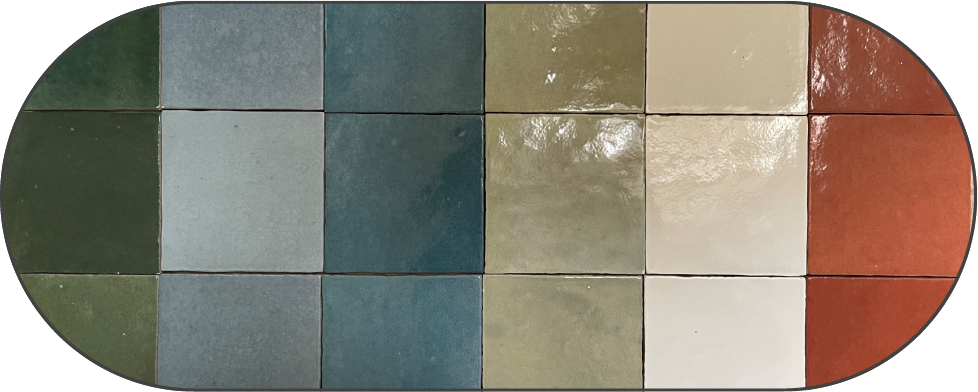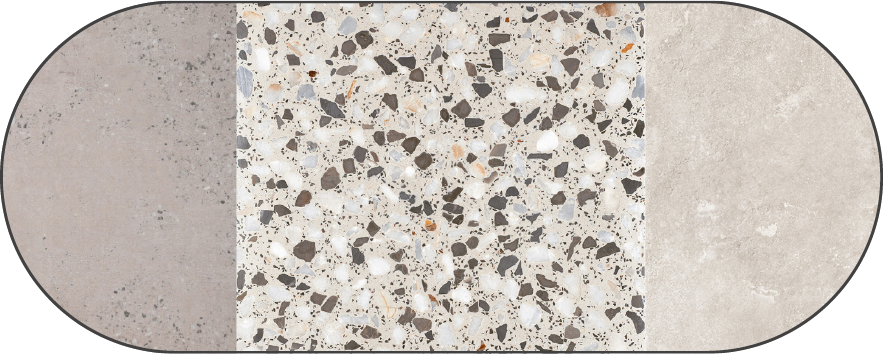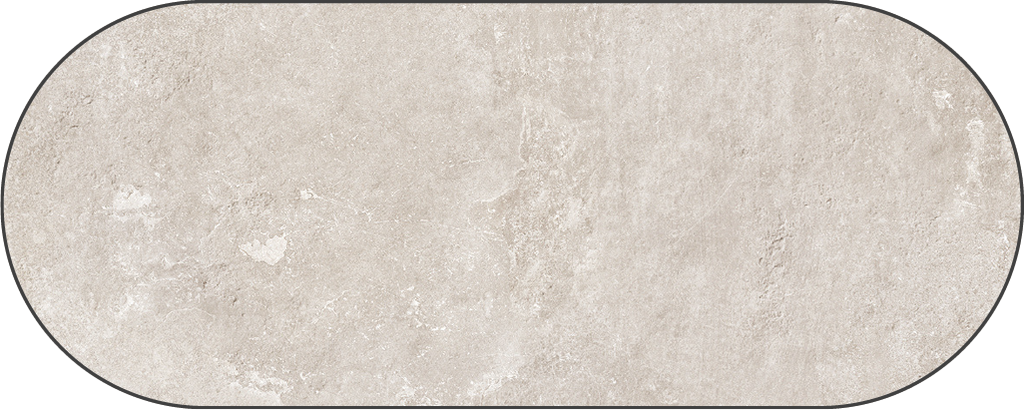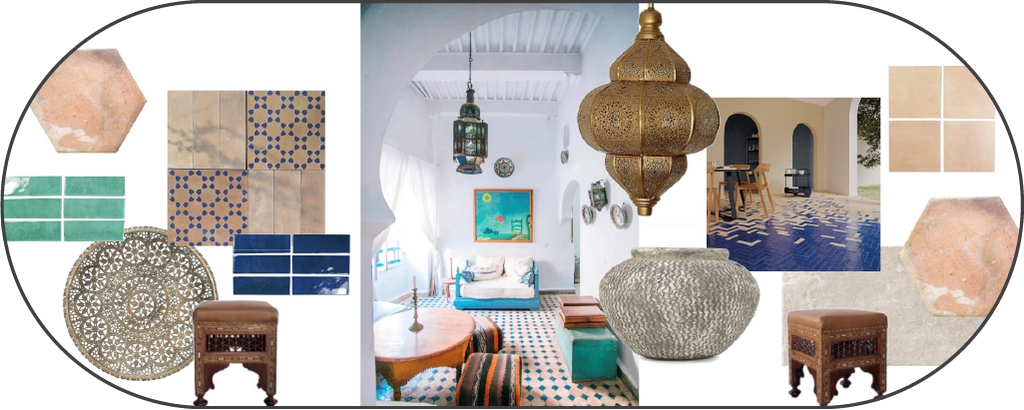This week we thought we would share some design tips for those of you planning an interior design project during lockdown.
Our founder and interior designer Lesley Taylor BIID, gives you an insight as to how professional designers approach the design process, hopefully helping you achieve the best results from your project.

It has been incredible how many people have been embarking on home renovation projects since lockdown began. Social media is full of posts where people are either showing off their new ‘insta ready’ rooms or asking advice on how to achieve a certain finish when decorating their homes. So, when planning this blog, I thought I would offer a little designer insight for those of you contemplating doing some form of home design or decorating over the coming months.
Planning
So, where does a designer start when they are professionally planning a room for a client? They take a definitive brief, and this is something I strongly suggest every person designing a room produces.
First start with the practical aspects, how many people will use the room, what is its main function and therefore what tasks do you need to undertake within the room. If it’s a spare bedroom for example, does it also have to double as a home office? In that case, make a list covering for that space including bed/sofa bed, desk, chair office storage and wardrobe etc.

Image thanks to Pinterest
Once you have your practical wish-list, you can move on to your style brief. This is the bit everyone can’t wait to get their teeth into, it’s the creative and aesthetic bit, but without a good practical brief, your room might look good, but it won’t be a room that meets your family’s needs.
Style Guide
Where should you start when looking for inspiration for your home design projects. Well, for me it comes from many places, hotels I have visited, small details I might have seen on my travels, restaurant interiors or even outside spaces and buildings.


Inspiration from Manon Les Suites, Copenhagen

Take inspiration from hotels you have stayed in or designs you see on-line. Think about what you really like about that space and incorporate it into your design.
But if you really need inspiration, I strongly suggest you get onto one of the wonderful online resources like Pinterest or Instagram. This is where you can collate your ideas, as images you can either save or pin to your own boards. Spending a few hours searching for tagged images like @bedroomhomeoffices or #traditionalbathroomideas will give you access to a huge amount of visual data. As you select the ones you like you will soon realise, they have a thread of context that links many of them together. These are the images that should combine to create your style guide. Maybe add in a detail from the odd curveball you might have saved but stick to the style of the repeating image themes that you really like.

Before you proceed to order, collate samples of everything you wish to include and look at them together in the room.
Keep these images at hand and refer to your ‘style guide’ when making your decisions. One of the biggest mistakes people make is to wing it and get driven by impulse and this often results in a room that looks disjointed rather than pleasing. Always think of the room as a whole overall style and focus on selecting the items that will combine to create your chosen look. Order samples of the items you are thinking of combining and always refer back to your style and practical wish-lists.

Paint is a great way to change the appearance of a space. If you are unsure, order match pots and paint little boards and place them around different areas of the room, this way you can see how the light effects the colour.
Stick to a budget
One great tip to keep you on track is to set a budget. When you start, set yourself an ideal spending limit, then write down a list of all the items you will need to purchase to create your room. Against each item set an allowance (check prices locally and online to ensure you are being realistic). You will be surprised how it soon adds up, but this way you can allocate your overall spend wisely and not be tempted to splash out on just one item, leaving you with little for the rest of your room.
Tile: Reminiscent, Provencal
Tiles should be considered a decorative tool to be used in all areas of the home, don’t limit them to bathrooms and kitchen splashbacks.
Obviously, there is so much more to designing a room, but hopefully this will give you some good tips on ensuring you invest wisely and end up with a beautiful and practical space.
If you would like me to cover anything in particular in the baked blog post please send an email via www.bakedtiles.co.uk and I will do my best to cover that in a future column.
Lesley Taylor BIID
Member of the British Institute of Interior Design and Honorary member of the Society of British and international design.























